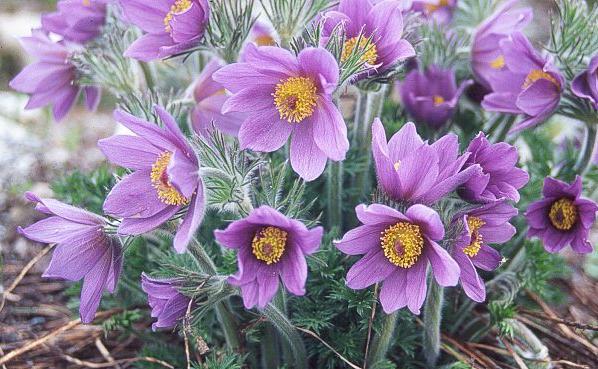Contents
Uses
- Pulsatilla is used as a homeopathic remedy.
- Pulsatilla is a plant. The parts of the plant that grow above the ground are dried and used as medicine.
- Pulsatilla is used for painful conditions of the male reproductive system, such as swelling of the testicles (orchitis) or swelling of a structure in the back of the testicles (epididymitis); as well as for painful conditions of the female reproductive system, such as menstrual cramps (dysmenorrhea) and painful ovaries (ovaralgia). Pulsatilla is also used for tension headache, hyperactivity, trouble sleeping (insomnia), boils, asthma and other lung diseases, earache, migraines, nerve pain (neuralgia), general restlessness, disorders of the gastrointestinal (GI), and disorders of the urinary tract.
- Pulsatilla is applied directly to the skin for boils, bacterial skin infections, and inflammatory diseases of the skin.
Benefits
- Pulsatilla might be able to fight pain, fever, spasms, and bacteria. It also might also have calming effects like a sedative.
Cautions
- This is a homeopathic remedy. Please consult your doctor before administering homeopathic remedies and proceed with caution.
- Fresh pulsatilla plant is UNSAFE when taken by mouth or applied to the skin. It is a severe irritant anywhere it comes in contact with the body, such as the mouth, throat, digestive tract, urinary tract, and skin. It can also cause allergic reactions. Contact with the skin can cause rash, inflammation, and itching. Inhaling the volatile oil can irritate the nose and eyes.
- Pregnancy and breast-feeding: Pulsatilla is UNSAFE when taken by mouth during pregnancy. Both the fresh plant and the dried plant might cause a miscarriage or birth defects. Applying fresh pulsatilla directly to the skin is also considered UNSAFE. Don’t do it. Not enough is known about the safety of applying dried pulsatilla directly to the skin during pregnancy. Stay on the safe side and avoid use.
- It’s UNSAFE to take fresh pulsatilla by mouth or apply it to the skin during breast-feeding. Not enough is known about the safety of the dried plant when taken by mouth or applied to the skin. Don’t use it.
Other Names
Anémone des Bois, Anémone des Prés, Anemone nigricans, Anemone pratensis, Anemone pulsatilla, Anémone Pulsatille, Anémone Pulsatille Rouge, Anemone serotina, Coquelourde, Coquerelle, Easter Flower, European Pasqueflower, Fleur de Pâques, Herbe au Vent, Meadow Anenome, Meadow Windflower, Pasque Flower, Pasqueflower, Passe Flower, Pulsatilla nigricans, Pulsatilla pratensis, Pulsatilla vulgaris, Pulsatille Commune, Wind Flower.
Reference
Source: WebMD, “Pulsatilla”, www.webmd.com/vitamins-supplements/
See Homeopathy for more information.

